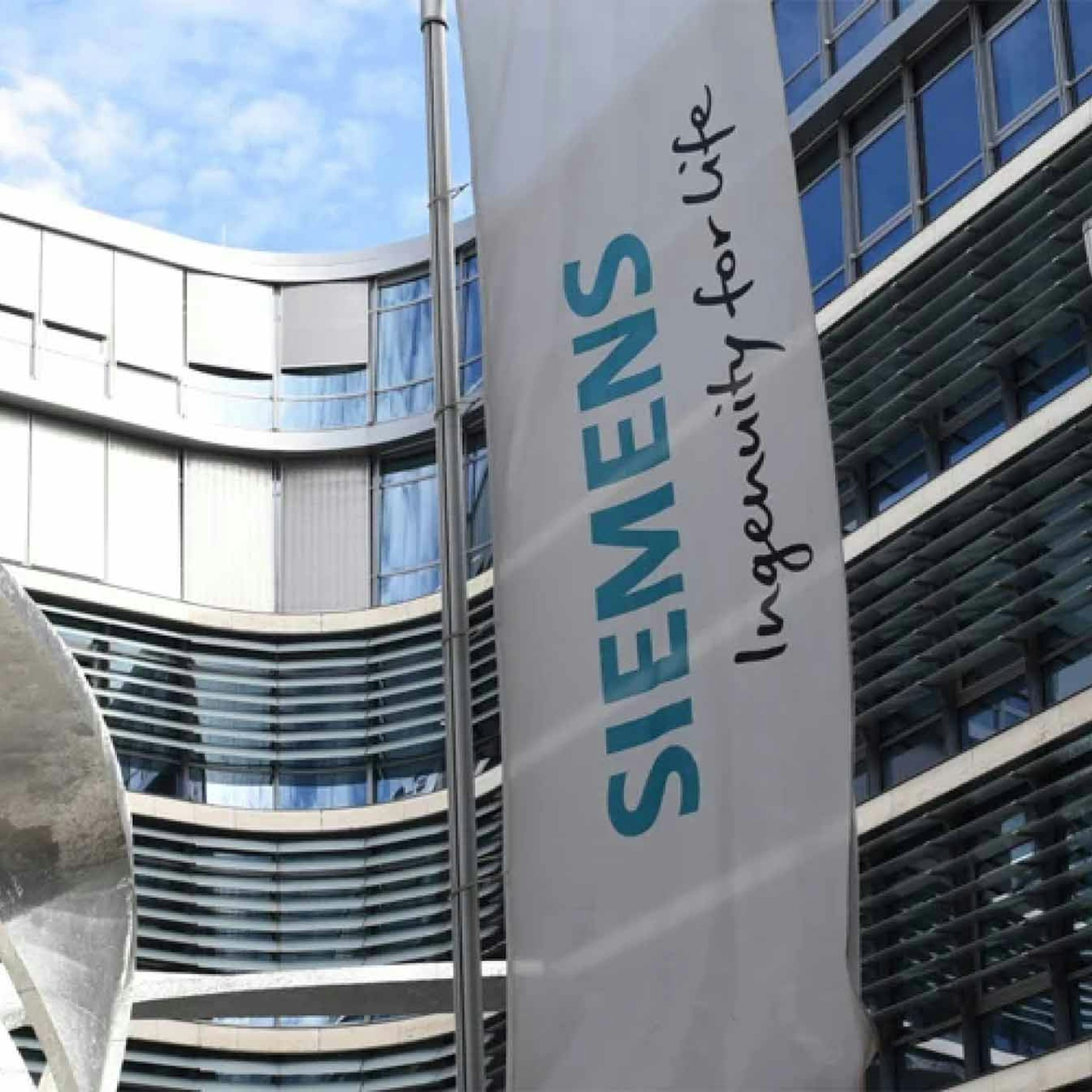Workload Communications
Zscaler Workload Communications secures workload-to-internet and workload-to-workload connectivity across hybrid cloud environments for your mission-critical workloads and servers with the power of the Zscaler Zero Trust Exchange™.
Legacy architectures are inadequate
Your business runs on these workloads, so preventing cyberattacks, lateral movement of threats, and data loss is an imperative.

- Implement multiple third-party tools (firewall, TLS/SSL inspection, DLP, etc.) for layers of protection
- Backhaul traffic from public cloud to on-premises datacenter for inspection and protection
- Configure native security solutions from public cloud providers
- Providing inconsistent threat and data protection
- Amplifying lateral movement and attack surface
- Increasing operational complexity and cost
Secure your workloads and servers with a modern zero trust architecture
Radically simplify hybrid workload security with the Zero Trust Exchange, the world's largest inline cloud security platform.
Common security policies across all environments
Connect apps not networks—become undiscoverable
One cloud-delivered platform to secure all workloads
Workload Communications

Workload-to-internet communications

Workload-to-workload communications



Want to test out Workload Communications in an AWS tenant?


Securing workloads in hybrid cloud environments
"Zscaler provides us with consistent controls for our entire worldwide organization, accelerated business activities, reduced risk, and ensured business continuity."
Chris Harlow, Sr. Technical Manager, IT Security, Micron Technology

Cutting costs while securing workloads worldwide with zero trust
"[The] Zscaler Zero Trust Exchange immediately gave us resiliency and increased our security posture … resulting in millions of dollars of savings, faster connections, and direct access to SaaS applications."
Alex Philips, Chief Information Officer, NOV

Zero trust protects workloads in multicloud environments
"With Zscaler's Workload Communications, we can easily standardize security policies for both users and applications regardless of where they are located."
Rui Cabeço, IT Mgr., Global Outbound Connectivity Lead, Siemens

Securely connecting cloud workloads for agility and innovation
"[Our next step] is to go after the applications which are hosted in the cloud ... Any company will need to partner with the best, and Zscaler falls into that category."
Mohit Kapoor, Group Chief Technology Officer, Mahindra Group
Experience the power of the Zscaler Zero Trust Exchange
A comprehensive cloud platform eliminates point products and reduces operational overhead.
01 Business Analytics
Gain insight and optimize risk, IT, and business performance
02 Cyberthreat Protection
Take a holistic approach to securing users, workloads, and devices
03 Data Protection
Leverage full TLS/SSL inspection at scale for complete data protection across the SSE platform
04 Zero Trust Networking
Connect to apps, not networks, to prevent lateral movement

Take the next step
Experience true zero trust for your workloads today.









